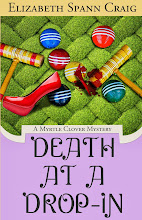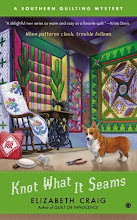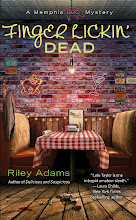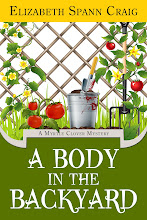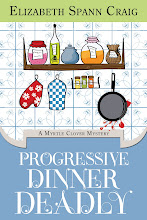 After 38 years of setting the clock back, you’d think I’d expect the changes.
After 38 years of setting the clock back, you’d think I’d expect the changes.
But each fall I’m surprised how dark it is in the late afternoon. Every morning I’m surprised how light it is so early.
The darkness puts our whole family in a different mood. We light candles at suppertime. We feel sleepier at bedtime. And when I take my daughter to her Brownie scout meeting at 6 p.m., she gets the delicious sensation that she’s up really late at night and out on the town.
I’ve noticed lately, though, an aggressive attempt by stores to put me in a very particular mood.
The Christmas shopping mood.
It was November 3 and I walked into a store that was playing Christmas music. Whoa! There’s no way I’m ready for that stuff yet, y’all. I picked up some things for the kids last summer and that is it. The Christmas season starts after Thanksgiving. It does! But I kept running into stores that were selling the season awfully early.
These stores’ determination to put me in a money-spending mood was a slap in the face. It was not subtle. It felt very pushy to me.
I’ve read some books where I felt the writer abruptly and clumsily tried to force me into a mood: a tense mood, a frightened mood, a maudlin mood. It jumped off the page at me and I don’t think it’s because I’m a writer.
It’s like watching a poorly-done horror movie. You know the bad guy is going to leap out at you because of the scary music, heavy on strings, that’s loudly playing.
Subtle ways to create a mood:
Skillful (and, to my liking, brief) description of the scene’s setting: an abandoned, deteriorating house (unease). A crowded train with body to body people (stress).
Setting tone through dialogue. Obviously this would be two or more characters sharing more than just chit-chat with each other. There could be an urgent tone set, a joyful tone, somber tone…
Syntax: We convey our feelings about a person via word choice—choosing words with negative connotations instead of positive ones. Someone’s face has pity, not sympathy. Someone is smug, not content. A person is cloying, not sweet. The character contributes toward establishment of the mood—the reader feels suffocated by the closeness of the cloying character, e.g.
Weather: I’ve seen this overdone. But it can be used very effectively in unusual ways. We all remember what a beautiful day it was in New York city on 9-11. It just illuminated the horror that played out.
Light: The daylight savings time shifts play havoc with my moods. You could do the same with blackouts, houses with uncertain electrical wiring, uncovered ceiling lightbulbs creating sinister shadows, etc.
I appreciate subtlety in creating moods instead of having a writer lay it on too thick. Are you the same way? As a writer, how do you invoke mood?





